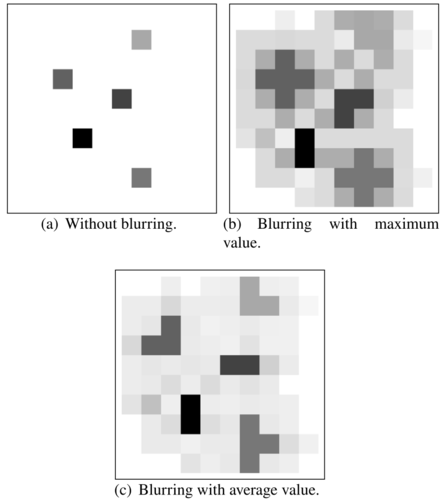TINTO - Transform Tabular Data into Synthetic Images for Deep Neural Netowoks
🎉 New Free Course on Udemy! 🎉
We’ve just launched a 100% free course on Udemy about using TINTOlib and developing Hybrid Neural Networks.
Learn how to turn tabular data into synthetic images and apply CNNs, ViTs, and hybrid architectures like a pro.
Abstract
TINTO is an open-source, user-extendable framework that offers new opportunities for users to convert tidy data into images through the representation of characteristic pixels. For this transformation, TINTO implemented two-dimensional reduction algorithms, such as PCA and t-SNE. Our proposal also includes a technique used in painting known as blurring, which adds more ordered information to the image and can improve the classification task in CNNs.

📺 VideoTutorial Course (English/Spanish)
🎥 Prefer not to register on Udemy or looking for the English version of the course? No worries — you can follow the full course directly on GitHub!
This hands-on tutorial includes bilingual videos (English/Spanish) and practical notebooks to help you learn how to use TINTOlib with deep learning models like CNNs, ViTs, and hybrid architectures.
📄 Documentation
You can find all the documentation and sources of TINTO in OEG GitHub.
Video Example
🔍 Main Features
- 📄 Works with CSV files in Tidy Data format
- 🧪 Input: All numeric data; target variable in the last column
- 🔧 Supports two projection methods: PCA and t-SNE
- 🖼️ Output: Black-and-white synthetic images
- 🌀 Blurring technique for pixel blending
- 🐍 Python 3.7+, compatible with Linux, Windows, macOS
📥 Input
The following table shows a classic example of the IRIS CSV dataset as it should look like for the run:
| sepal length | sepal width | petal length | petal width | target |
|---|---|---|---|---|
| 4.9 | 3.0 | 1.4 | 0.2 | 1 |
| 7.0 | 3.2 | 4.7 | 1.4 | 2 |
| 6.3 | 3.3 | 6.0 | 2.5 | 3 |
–
📥 Output
The following Figure show the output of TINTO:

📖 Citation
If you used TINTOlib with Hybrid Neural Networks in your work, please cite the IEEE Journal of Selected Topics in Signal Processing:
@ARTICLE{10946146,
author={Castillo-Cara, Manuel and Martínez-Gómez, Jesus and Ballesteros-Jerez, Javier and García-Varea, Ismael and García-Castro, Raúl and Orozco-Barbosa, Luis},
journal={IEEE Journal of Selected Topics in Signal Processing},
title={MIMO-Based Indoor Localisation with Hybrid Neural Networks: Leveraging Synthetic Images from Tidy Data for Enhanced Deep Learning},
year={2025},
volume={},
number={},
pages={1-13},
keywords={Location awareness;Accuracy;Neural networks;Measurement;Deep learning;Complexity theory;Antennas;Antenna measurements;Base stations;Signal processing algorithms;Massive MIMO;Deep Learning;Hybrid Neural Network;Synthetic Images;Positioning;Indoor Localisation},
doi={10.1109/JSTSP.2025.3555067}}
If you used TINTO in your work, please cite the INFFUS Paper:
@article{inffus_TINTO,
title = {A novel deep learning approach using blurring image techniques for Bluetooth-based indoor localisation},
journal = {Information Fusion},
author = {Reewos Talla-Chumpitaz and Manuel Castillo-Cara and Luis Orozco-Barbosa and Raúl García-Castro},
volume = {91},
pages = {173-186},
year = {2023},
issn = {1566-2535},
doi = {https://doi.org/10.1016/j.inffus.2022.10.011}
}
And the SoftwareX paper
@article{softwarex_TINTO,
title = {TINTO: Converting Tidy Data into Image for Classification with 2-Dimensional Convolutional Neural Networks},
journal = {SoftwareX},
author = {Manuel Castillo-Cara and Reewos Talla-Chumpitaz and Raúl García-Castro and Luis Orozco-Barbosa},
year = {2023},
issn = {2352-7110},
volume = {22},
pages = {101391},
doi = {https://doi.org/10.1016/j.softx.2023.1013911}
}
License & Links
- 📦 Code: GitHub Repository
- 📄 License: Apache 2.0


